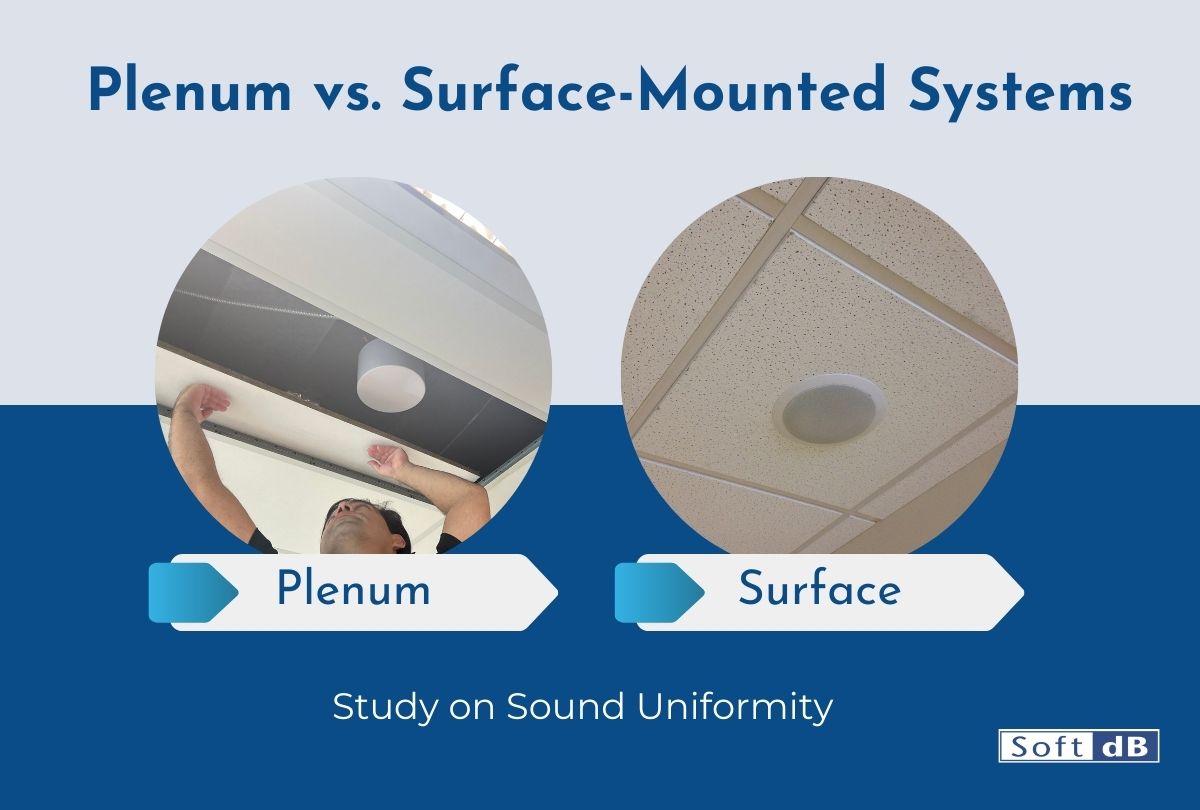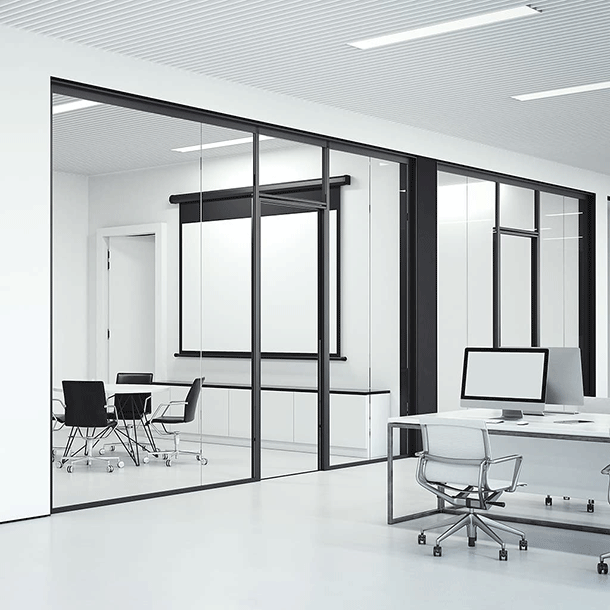Understanding the Study on Sound Uniformity
In the dynamic world of office design, acoustics play a pivotal role in creating a conducive and private work environment. A recent study delves into the efficiency of sound masking systems, which are vital in open-plan offices for enhancing speech privacy and reducing distractions. This study, a first of its kind, compares two types of sound masking systems: plenum-mounted and surface-mounted.
What are Sound Masking Systems?
Sound masking (sometimes referred to as white noise) creates a similar sound of airflow, which helps to mask human speech and other distractions. In most offices, the sound is generated through speakers placed in different locations. The study compares two types - those located above the ceiling (plenum-mounted) and those mounted on the ceiling, facing directly into the office space (surface-mounted).
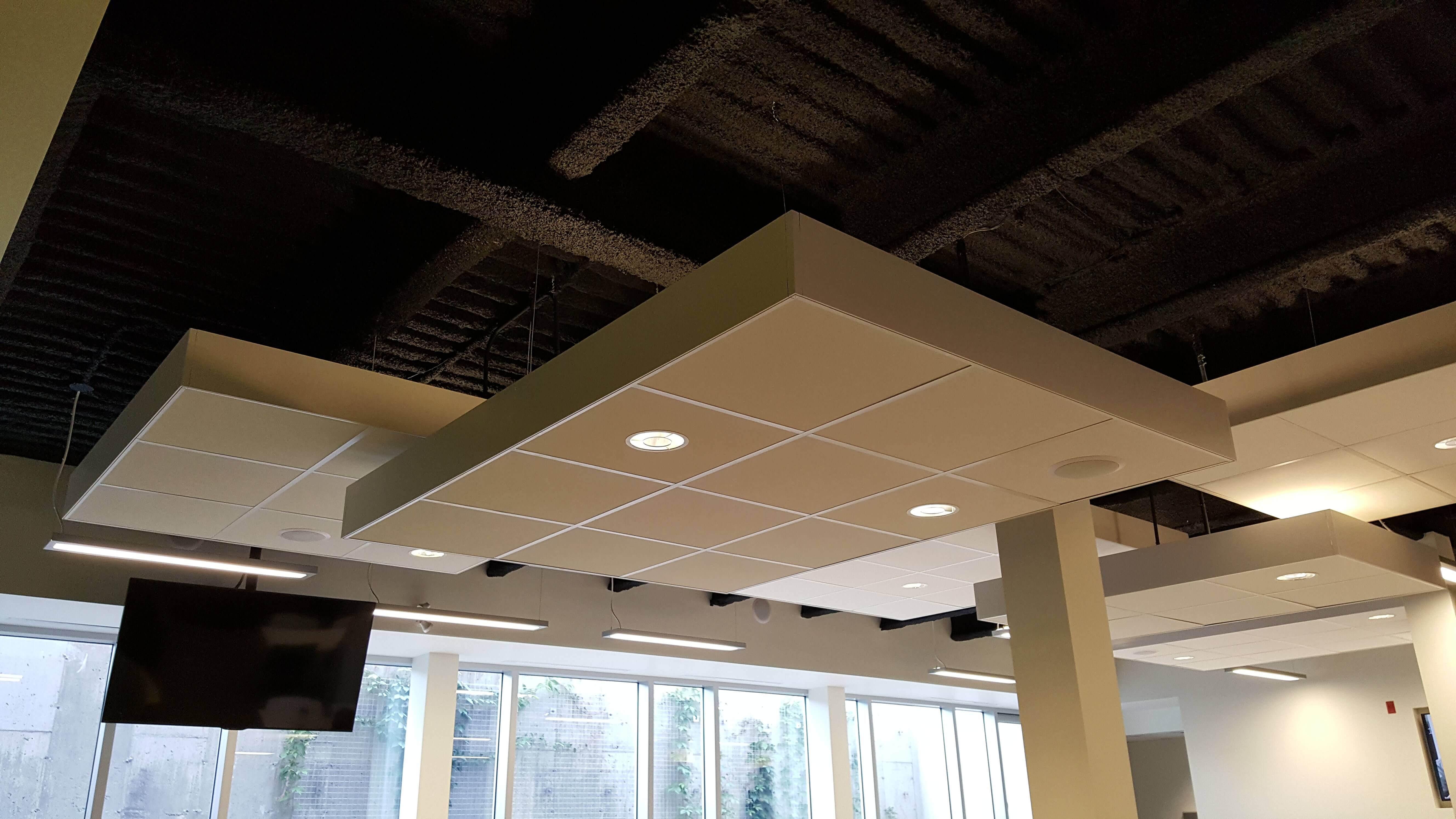
Key Findings of the Study
The researchers installed both systems in the same L-shaped office space and measured sound levels at various points and heights. The study aimed to determine which system provided a more uniform sound field - an important factor for comfort and effectiveness in sound masking.
1. Spatial Uniformity: The plenum-mounted system resulted in a more spatially uniform sound field compared to the surface-mounted system. This means the sound levels varied less across different areas of the office, reducing the likelihood of noticeable sound level changes as one moves around.
2. Height Variation Impact: Interestingly, the difference in sound uniformity between the two systems was more pronounced at a standing height (1.6 meters) than at a seated height (1.2 meters).
3. Subjective Spatial Uniformity: Under ANSI S12.72 criteria, which allow for a maximum ±3 dB variation from the median sound level, both systems would likely be considered spatially uniform. However, for someone walking through the space, the plenum-mounted system, with a smaller variation range, would likely result in less perceptible changes in sound level.
4. Simulation Insights: Computer simulations further validated these findings and showed that various factors like speaker spacing, ceiling height, and material, and plenum height significantly affect sound uniformity.
5. Environmental Effects: The study also highlighted that office furniture and architectural features naturally cause variations in sound levels. Even in a well-calibrated system, small differences in sound pressure levels are expected due to the proximity to different surfaces.
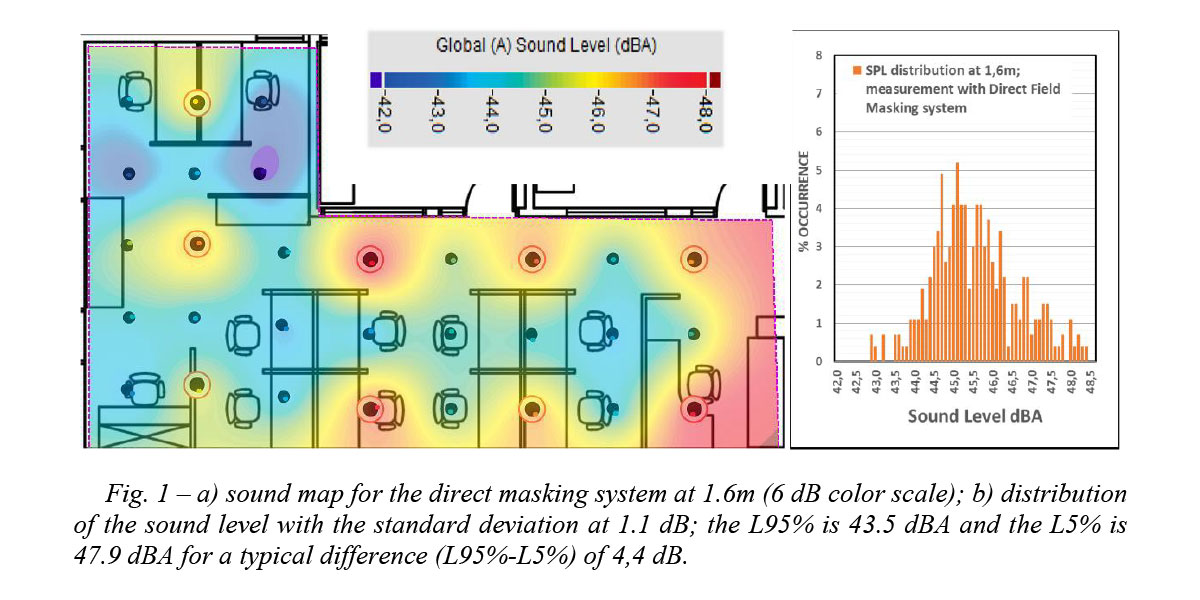
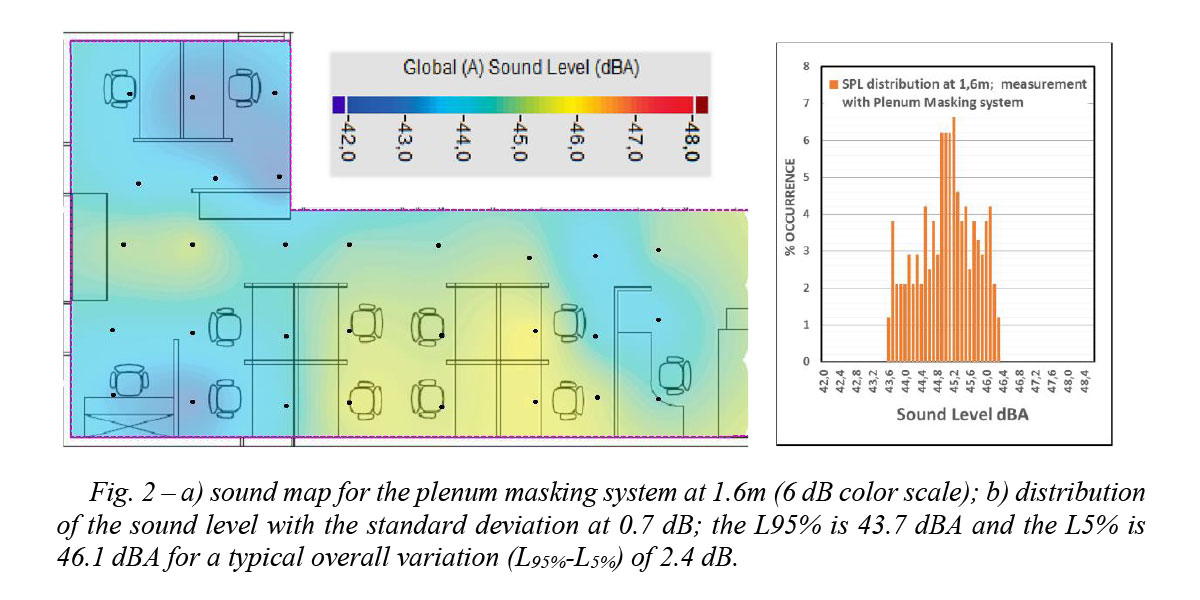
Implications for Office Design
This study is groundbreaking in its approach to evaluating sound masking systems in office spaces. It provides crucial insights for architects, interior designers, and office planners:
- Choosing a plenum-mounted system could offer more uniform sound coverage, particularly in spaces where people frequently move around.
- The physical layout and furnishings of an office space must be considered as they can affect sound distribution.
- A one-size-fits-all approach does not apply to sound masking. Customization based on specific office dimensions and characteristics is key.
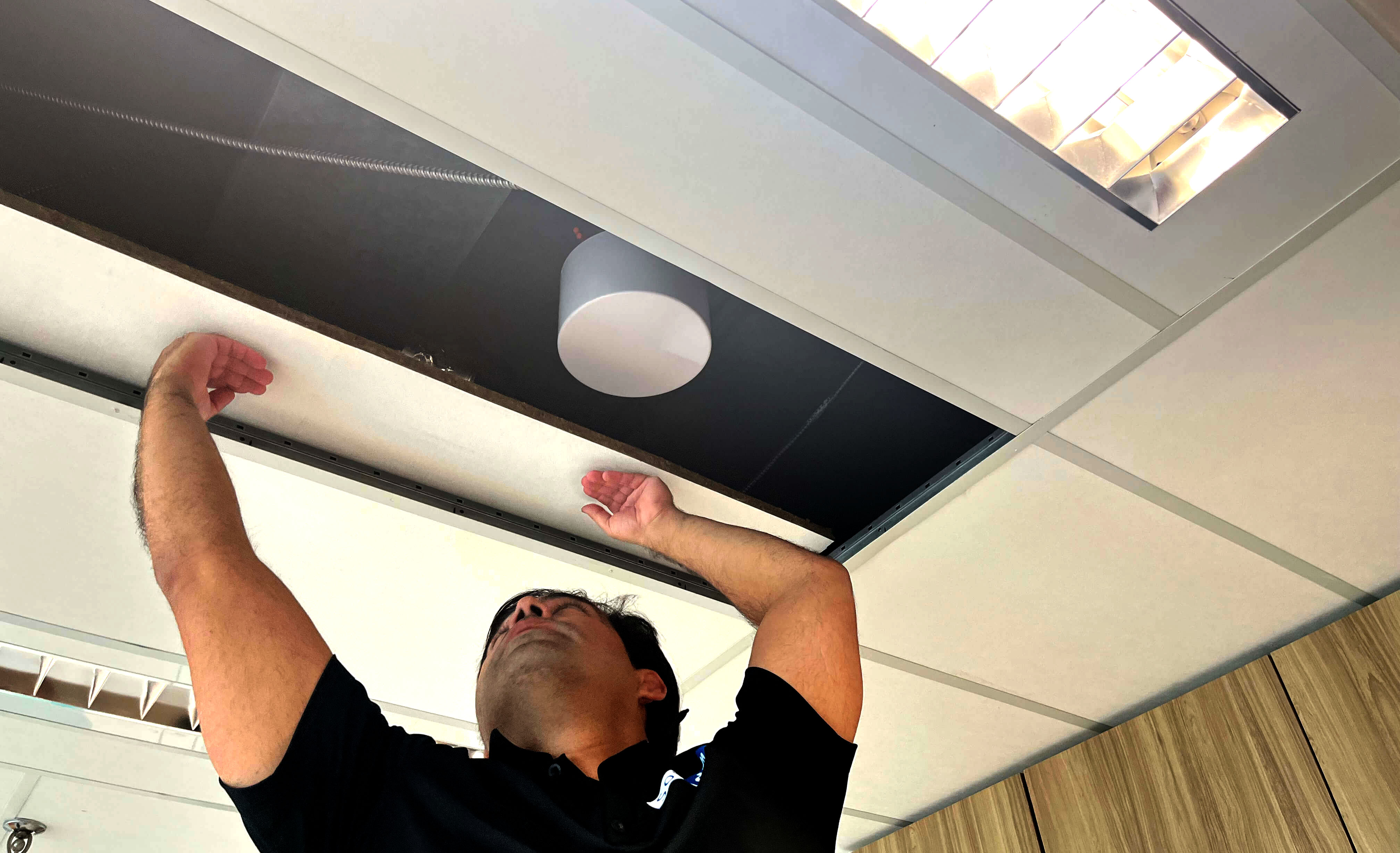
Conclusion
In conclusion, for those designing or refurbishing open-plan offices, this study underscores the importance of carefully selecting and positioning sound masking systems. By prioritizing spatial sound uniformity, it's possible to create a more acoustically comfortable and productive workspace. Given this context, Soft dB offers both plenum and surface sound masking designs, but when given the choice, it most often favors plenum configuration.
